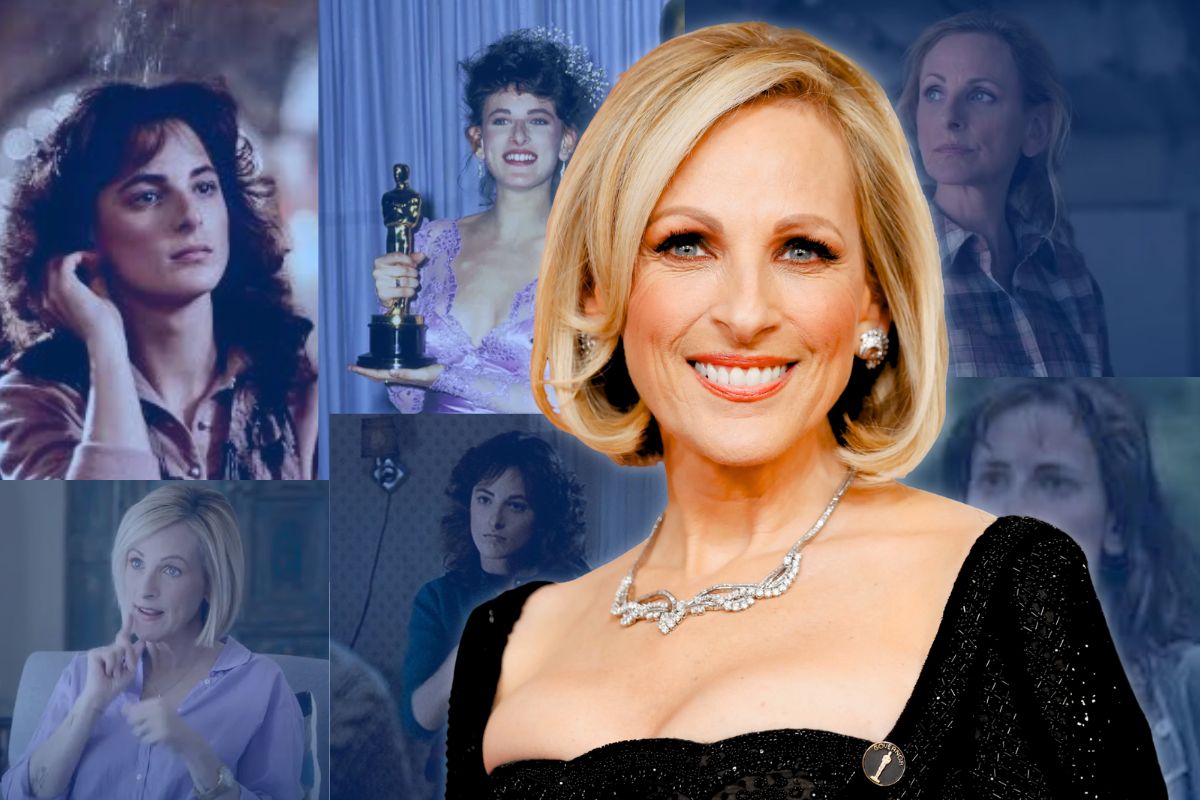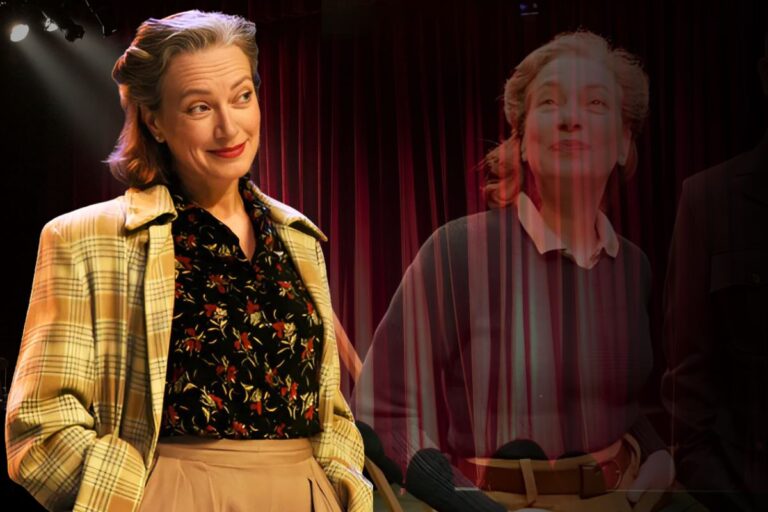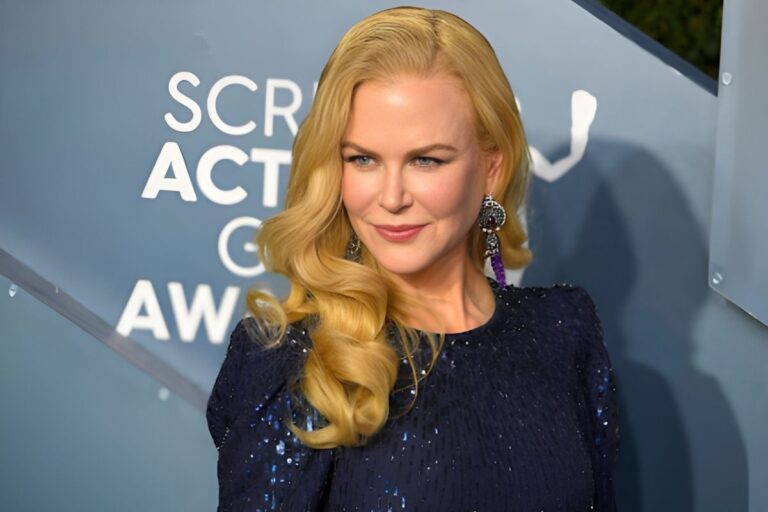Back in 1987, something happened that nobody expected. And then a 21-year-old young woman stepped onto the Oscar stage, and all changed. Her name was Marlee Matlin, and she couldn’t even hear the roaring of applause as she made history.
This wasn’t an ordinary awards show moment. For the first time ever, a deaf performer had taken home an Oscar. And it would not be the final time Matlin shattered barriers that once seemed insurmountable.
Growing Up Different in Illinois
Marlee Beth Matlin was born on August 24, 1965, in Morton Grove, Illinois. She’s got two older brothers, and her family comes from Russian and Polish Jewish families.
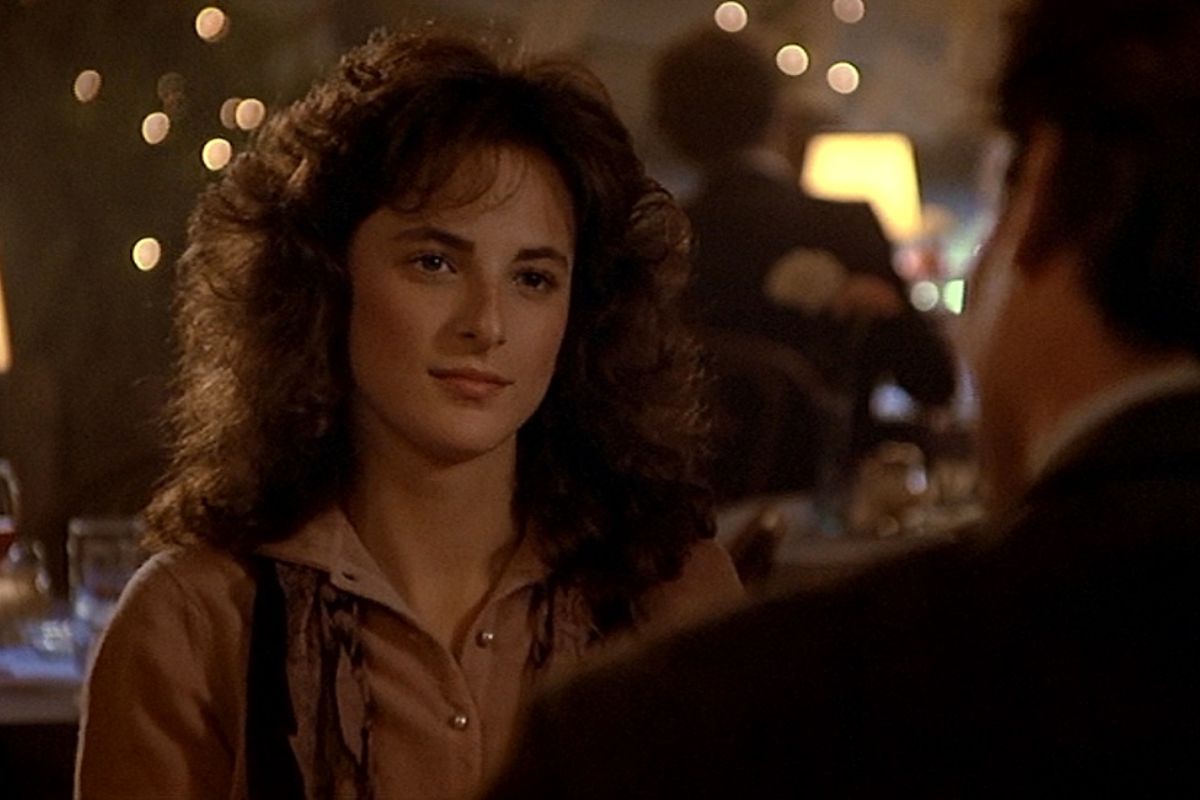
Her parents, Libby and Donald, had no inkling of the full impact she would face after a diagnosis of “severe to profound” hearing loss before she turned 2. The hearing loss resulted from a roseola infection. The doctors did everything they could. Nothing worked.
But the Matlins didn’t want to view this as tragic. They sent Marlee to conventional schools in Northbrook. She picked up reading lips by paying attention. Her second language was American Sign Language. By the time she hit seven, she was already in the local theatre.
That would be the Des Plaines Theatre Guild, which became her training ground. Other children played with toys. Marlee learnt script and timing. She was talented for sure, even back then.
Marlee found herself at John Henry Faulk Elementary School and a bit later at Northbrook High School. She acted in school plays and community theatre. Teachers caught on to her stage presence. Without speaking a word, she commanded attention.
Awards and Recognition That Matter
It was a historic day: 30 March 1987 and the Academy of Motion Picture Arts and Sciences. They gave the Oscar to Marlee Matlin for Best Actress; she’s the only deaf actor to win it. She still is the youngest Best Actress winner at 21 (a record Jennifer Lawrence would later break).
Her most recent major recognition came in 2022 when CODA won the SAG Award for Outstanding Performance by a Cast, marking another historic moment as the first film with a predominantly deaf cast to receive this honour. Her talents also did not escape the notice of the Hollywood Foreign Press Association.
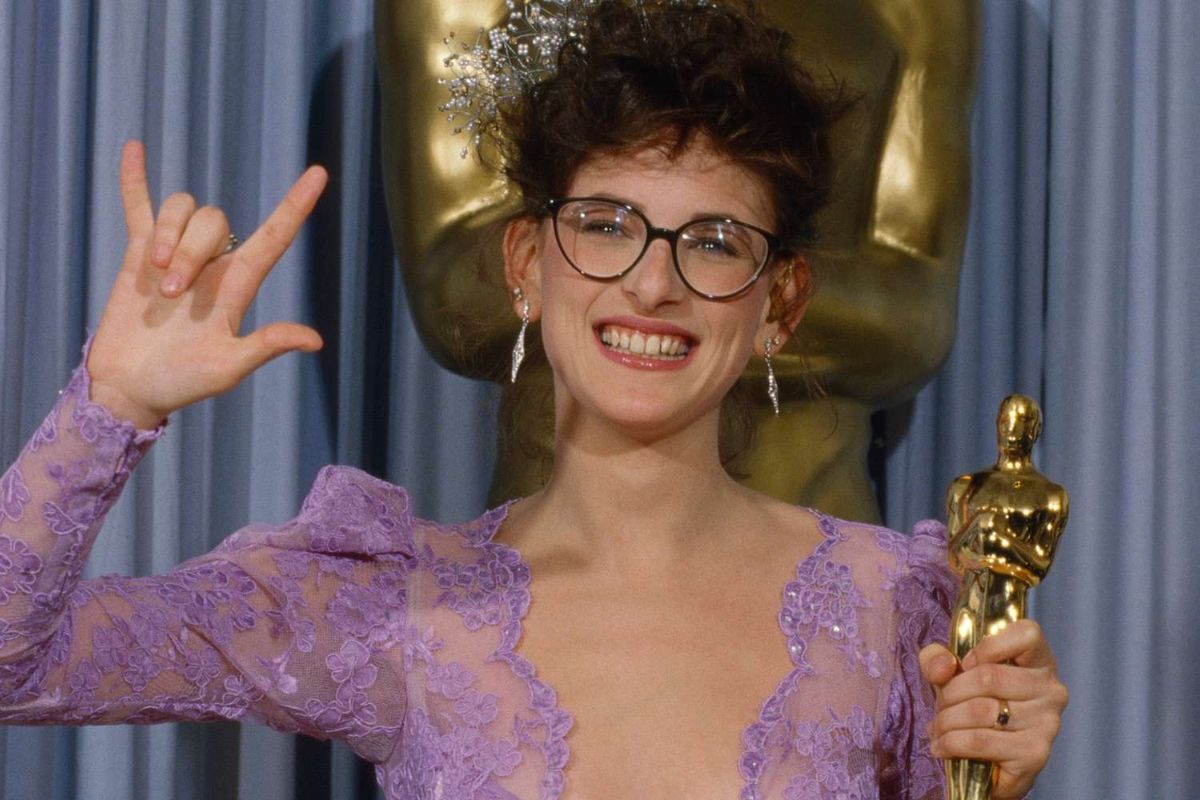
Their Golden Globe Award was for the same performance that gave her an Oscar. The Screen Actors Guild has given her the nod four times during the course of her career, with her CODA performance adding to her impressive collection.
Matlin has received four Emmy Award nominations throughout her television career, including nominations for her guest appearances in Seinfeld (1993), Picket Fences (1993), The Practice (2000), and Law & Order: Special Victims Unit (2004-2005). Time magazine placed her on its annual list of the world’s most influential people. She has also been awarded honorary doctorates from Harvard Law School, Gallaudet University, and RIT. In 2009, she received a star on the Hollywood Walk of Fame. These are not institutions that hand out degrees lightly.
The National Association of the Deaf has thanked her for standing up for the deaf community in many ways, like inviting her to be part of Super Bowl events and working with her closely. This organisation has represented deaf Americans since 1880. Their recognition carries serious weight in the community.
Sarah Norman: The Character That Changed Cinema
Director Randa Haines wanted an authentic person for “Children of a Lesser God.” The 1986 movie needed a deaf actress who could lend authenticity to the part. Matlin was still a student at Harper College when she auditioned in a videotaped submission.
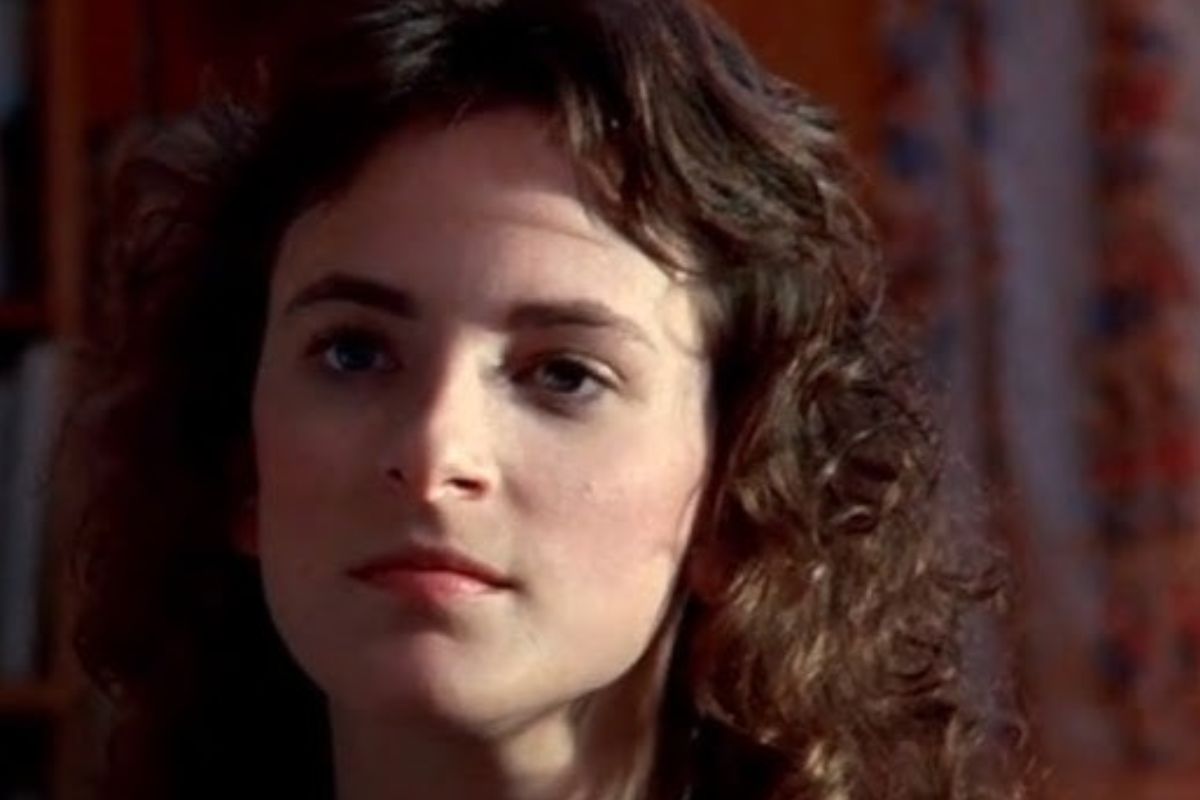
Sarah Norman was a janitor at a residential school for deaf students. The character was wild, free, and mad about the way hearing people dealt with her. She preferred to use American Sign Language for communication and did not speak or lip-read.
Paramount Pictures certainly took a huge gamble pairing a nobody actress with William Hurt. But Matlin’s screen test revealed something extraordinary. She completely inhabited Sarah, bringing in layers of emotion that seasoned actors can only dream of.
The movie addressed weighty topics that the Hollywood of that time largely skirted. Barriers to communication between deaf and hearing people. A right to decide for yourself the way you engage with the world. Love that transcends different ways of experiencing life.
Matlin’s role spoke volumes without a word of dialogue, at least in the classical sense. All those emotions flowed through her hands and facial expressions, and gestures. Reviewers described it as “pure cinema,” storytelling through visual means alone.
That Oscar Night in 1987
The Dorothy Chandler Pavilion drew breath as presenter William Hurt ripped open the envelope. Marlee Matlin triumphed over veterans such as Jane Fonda and Sissy Spacek. She walked up to that lectern, fully aware that she was breaking ground.
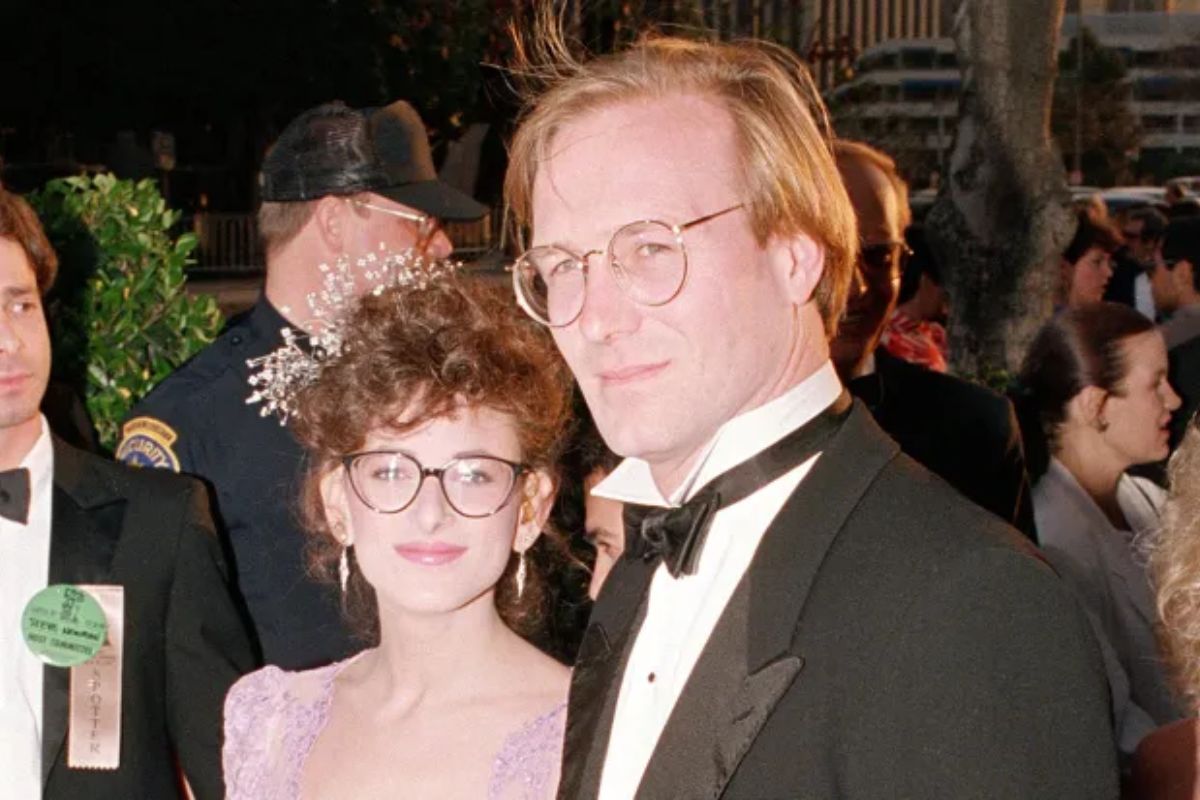
Accepting in a video speech in American Sign Language, she thanked her family and teachers. She was speaking without speaking, and all of them understood her message. The standing ovation went on and on, for minutes.
She was 21 years and 218 days old when she clinched Best Actress and was the category’s youngest winner at that time. And more important still, she showed that deaf actors could be leads, not just supporting characters or inspirational stories.
Television Roles That Broke Stereotypes
Matlin starred as prosecutor Tess Kaufman in NBC’s “Reasonable Doubts” in 1991. The show lasted two seasons, demonstrating that people would tune in to watch a deaf lead character each week. Her courtroom scenes were especially strong, depicting Deaf professionals in positions of power.
Her guest spot on “Seinfeld” in 1994 allowed her to show off her comic timing at its best. The ‘The Lip Reader’ episode tackled a number of misconceptions around deaf people, with typical Seinfeld humour. Matlin went along with the comedy while pointing out the assumptions and prejudices at work. This performance earned her an Emmy nomination for Outstanding Guest Actress in a Comedy Series.
Another pivotal television role came with her recurring appearances on “The West Wing”, where she portrayed Joey Lucas, a Democratic pollster who provided crucial political insights to the Bartlet administration. This role further demonstrated her range and ability to portray complex professional characters.
“Law & Order: Special Victims Unit” lured her back to drama several times between 2004 and 2011. She portrayed defence attorney Carolyn Barek and appeared in episodes dealing with disability rights and communication. Her professionalism and preparedness were commended by Dick Wolf’s production team.
From 2011 to 2017, she enjoyed her longest TV gig with ABC Family’s “Switched at Birth.” She had a role as Melody Bledsoe in 103 episodes. The show incorporated a significant use of American Sign Language and Deaf culture elements. Matlin was also a consultant, and her presence throughout the series ensured that the portrayal was authentic.
CODA and the Fight for Authentic Casting
The same fragmented casting process that plagues many Hollywood productions confronted “CODA,” from Apple TV+, in 2021. The director Sian Heder wanted to make a film about Ruby, a hearing teenager who was born to deaf parents. The question was whether they would employ real deaf actors.
Marlee Matlin did not have this problem from the start. If the movie aimed for authenticity, they needed to hire deaf actors for deaf parts. No hearing actors pretending. No voice doubles. Real people with real experiences.
The casting worked perfectly. Her husband, Frank, was played by Troy Kotsur. She was also the mother of Leo (Daniel Durant). Emilia Jones, who played Ruby, learned American Sign Language for the part. The family chemistry felt natural because three of the four actors shared the same language and culture.
At the 2022 Academy Awards, “CODA” won the Oscar for Best Picture. Hollywood’s top prize was won by the first movie with a predominantly deaf cast. Matlin’s lifelong work for authentic representation had made it all the way to the summit.
Recent Projects and Viral Moments
In 2025, Matlin’s life and career were celebrated in the documentary “Marlee Matlin: Not Alone Anymore“, which premiered at SXSW 2025. The film offers an intimate look at her journey as a trailblazing performer and advocate, showcasing her perseverance and the barriers she’s broken throughout her career.
Matlin has also embraced social media in recent years, creating viral moments that showcase her personality beyond her professional work.
In 2023, she participated in the TikTok whipped cream challenge, delighting fans with her playful side.
In a sustainable fashion statement at the 2020, she chose to re-wear a dress from a previous awards ceremony, making headlines for both her environmental consciousness and timeless style.
In a recent interview, Matlin emphasised the continued importance of authentic representation: “When deaf actors play deaf characters, the authenticity shines through. That’s what audiences connect with: real experiences, real emotions, real stories.”
Advocacy Work That Creates Real Change
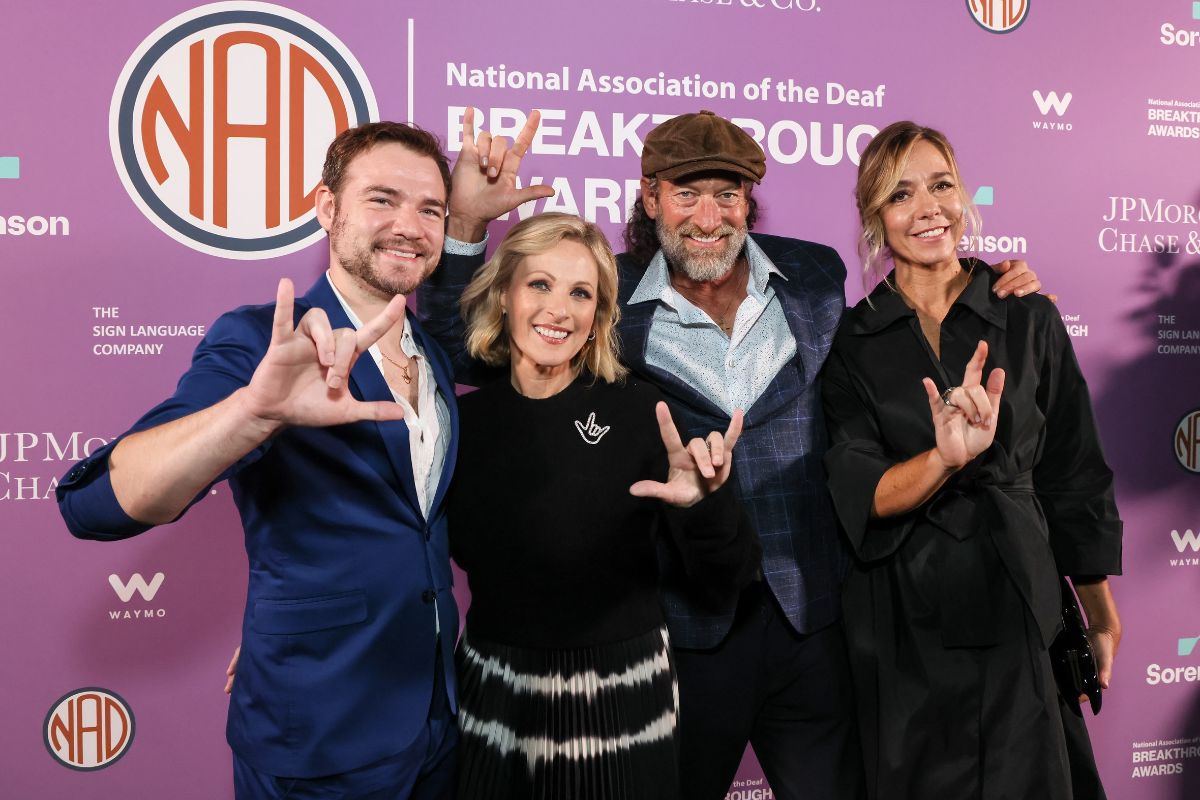
The National Association for the Deaf has had a relationship with Matlin since she won the Academy Award in 1987. Collectively, they’ve been instrumental in forcing Hollywood to improve representation and access. Her impact pushed for improved captioning standards and the inclusion of sign language interpreters on film sets.
She’s also taken on the world of books. For children, there are “Deaf Child Crossing” (2002) and “Nobody’s Perfect” (2006), novels with deaf main characters. “Leading Ladies” (2007) honours women who have blazed trails in a variety of fields. Her 2009 memoir, “I’ll Scream Later,” detailed her private battles with addiction and abuse.
She is frequently invited to deliver addresses at universities across America. She has taught at Harvard, Yale, and Stanford. She talks about the obstacles we overcome, why representation matters, and not accepting what others put on you.
Why This All Matters Today
Marlee Matlin’s characters aren’t inspirational tales created to make people who hear them feel better about themselves. Sarah Norman was headstrong and resentful. Melody Bledsoe made parenting mistakes. These were complex human beings first, deaf people second.
It changed the way casting directors thought about disability in entertainment. Before Matlin, deaf characters would often show up only to enlighten hearing characters. In her wake, other writers would give us fully realised deaf characters with their own goals and flaws.
Her insistence on authentic casting has become the industry standard for responsible productions. Directors are now discovering that employing actors who have lived experience of a particular character leads to more believable and respectful storytelling.
Nowadays, young deaf actors have career opportunities that never existed prior to 1987. Others can look to Marlee Matlin and say, “If she can do it, I can too.” That is the true measure of her influence—not breaking down barriers, but keeping them broken for others to pass through.

